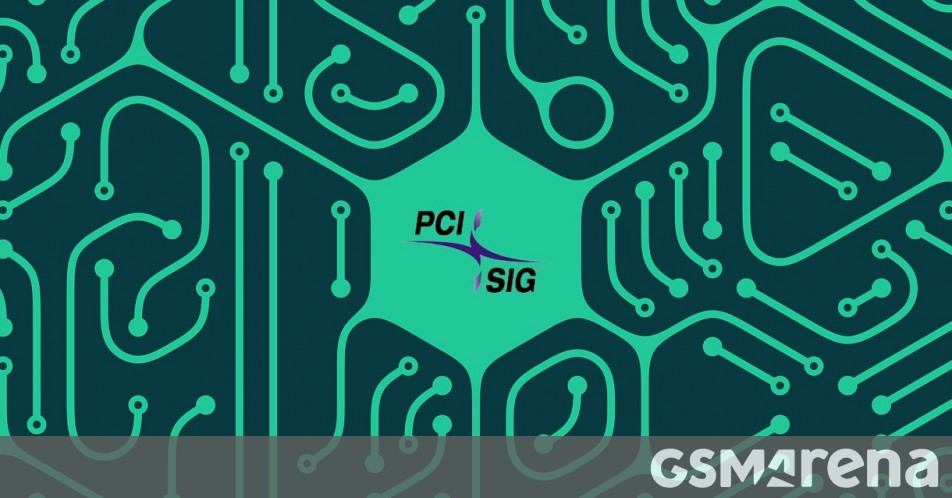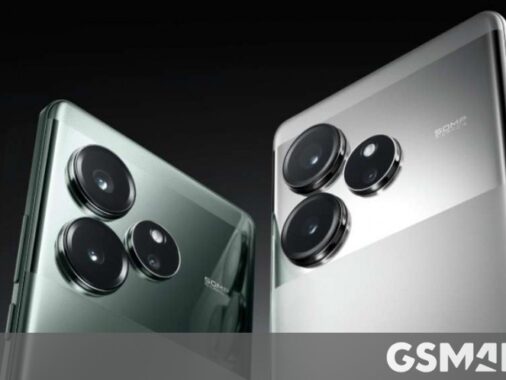Initially announced in 2022, PCI Express 7.0 was still a work in progress. By mid-2023, version 0.3 of the specification was released, and the PCI-SIG is now at version 0.5, with the full release expected in 2025.
While PCIe 7.0 is on the horizon, the consumer market is still embracing PCIe 5.0, with PCIe 6.0 to follow. Each new iteration of PCIe doubles the bandwidth of its predecessor.
PCIe 7.0 aims for 128 gigatransfers per second, which could translate to 512GB/s with an x16 link or 32GB/s with an x1 link, offering improved speeds and efficiency with each new generation of PCIe.

While current graphics cards like the Nvidia RTX 4090 and AMD Radeon RX 7900 XTX utilize PCIe 4.0 slots, the transition to PCIe 5.0 is ongoing, with potential adoption for next-gen cards. PCIe 7.0 could offer the same speeds as PCIe 4.0 with just 2 lanes.
Consumer products featuring PCIe 7.0 hardware may still be a ways off, as the technology is expected to first be utilized in servers for data-intensive applications. The PCI-SIG foresees its applications in 800G Ethernet, AI/ML devices, cloud servers, and even quantum computers.
The objectives of PCIe 7.0 include:
- Delivering 128 GT/s raw bit rate and up to 512 GB/s bi-directionally via x16 configuration
- Utilizing PAM4 (Pulse Amplitude Modulation with 4 levels) signaling
- Focusing on the channel parameters and reach
- Continuing to deliver low-latency and high-reliability targets
- Improving power efficiency
- Maintaining backwards compatibility with all previous generations of PCIe technology






